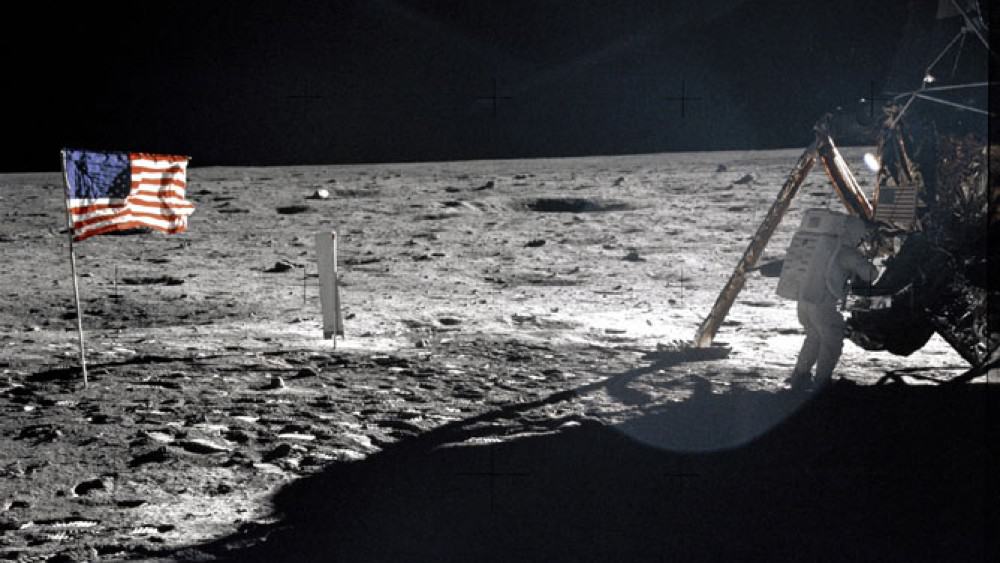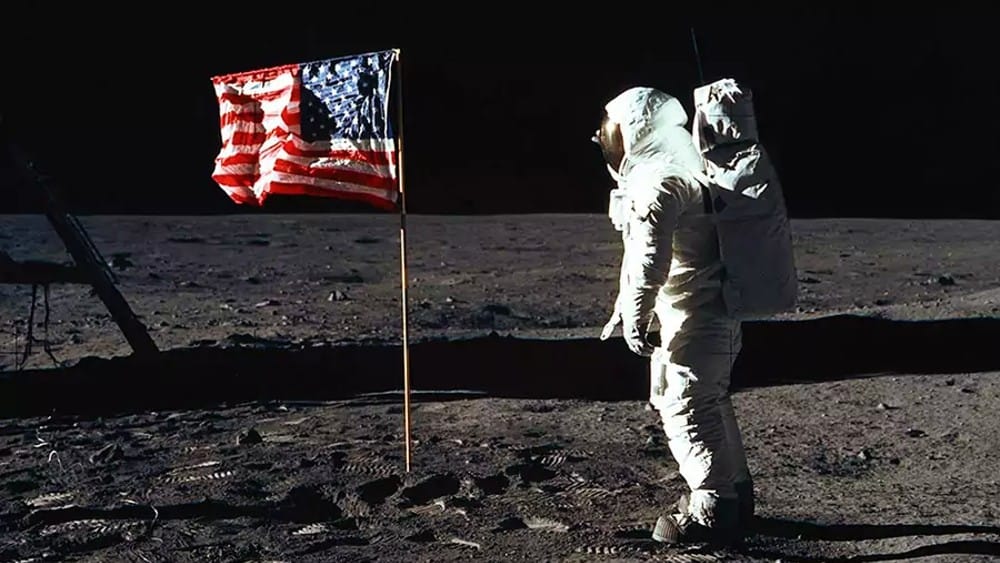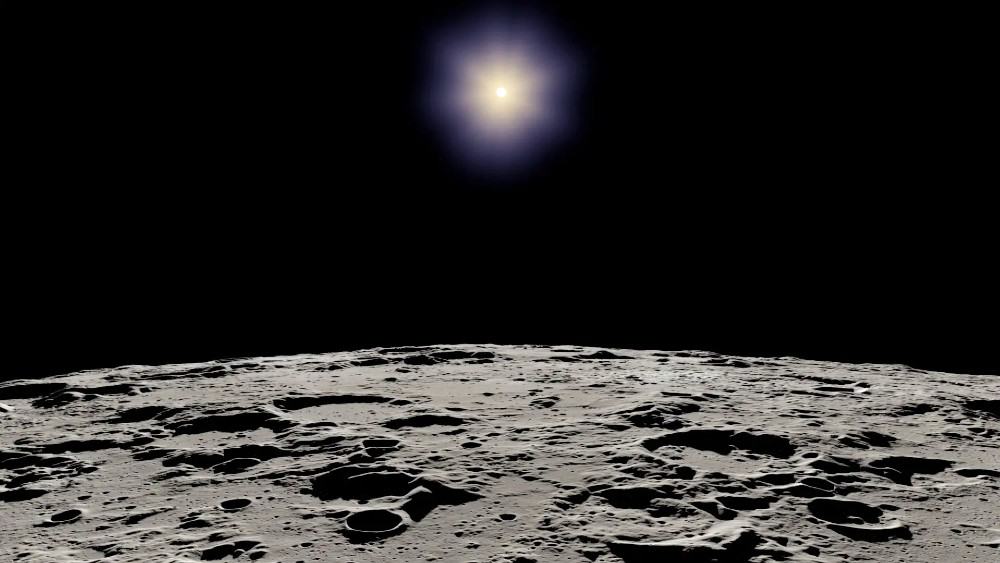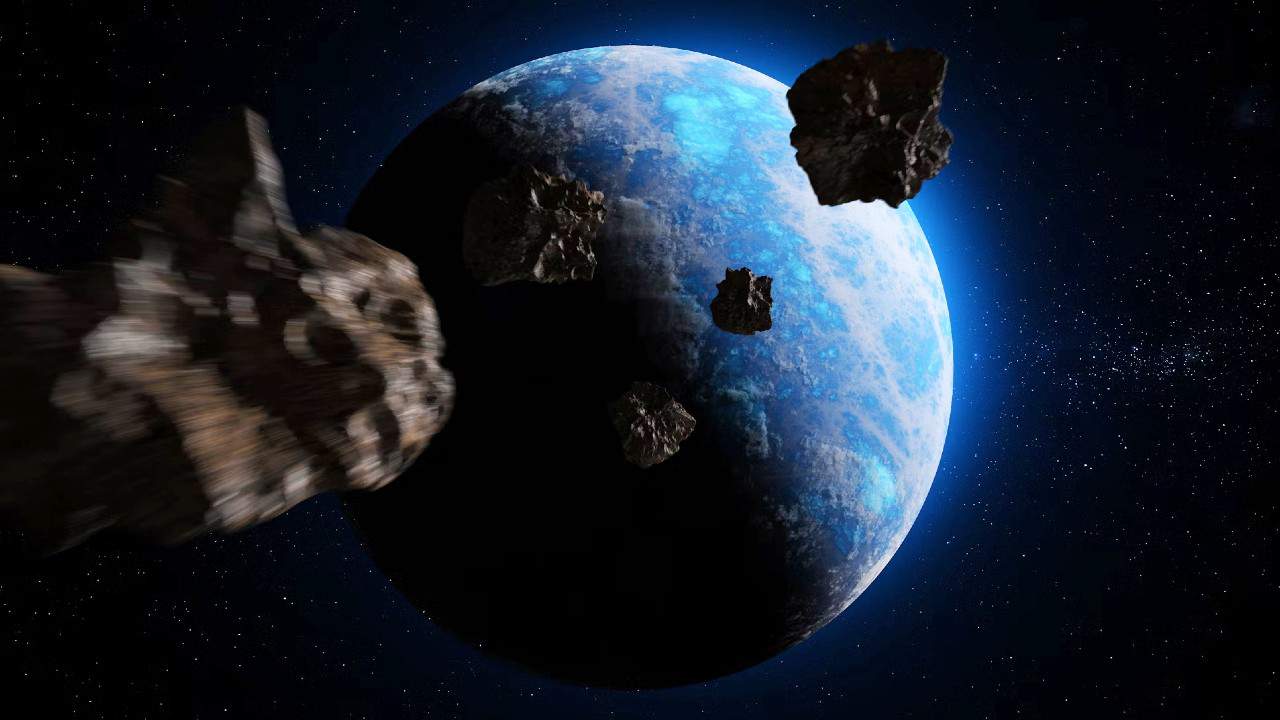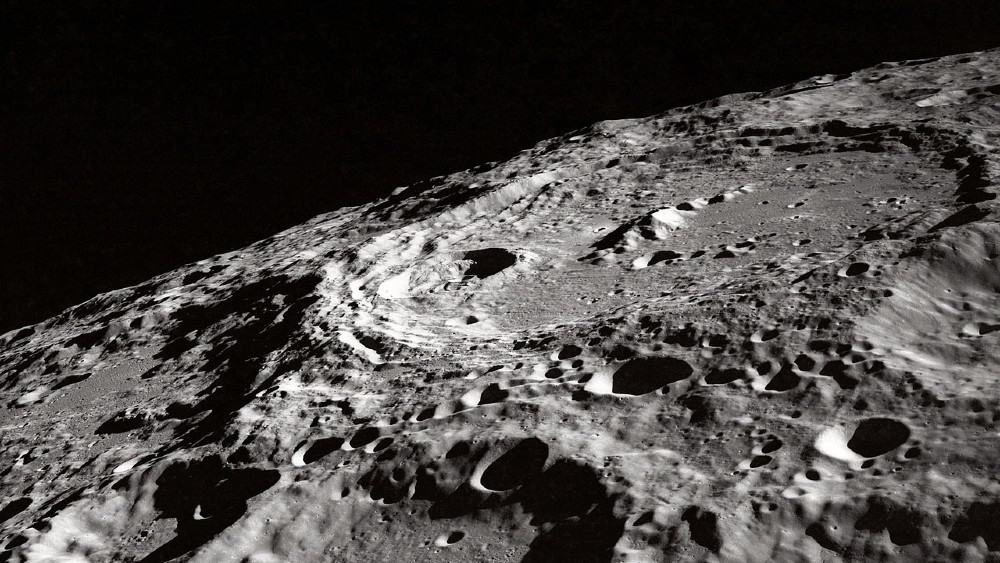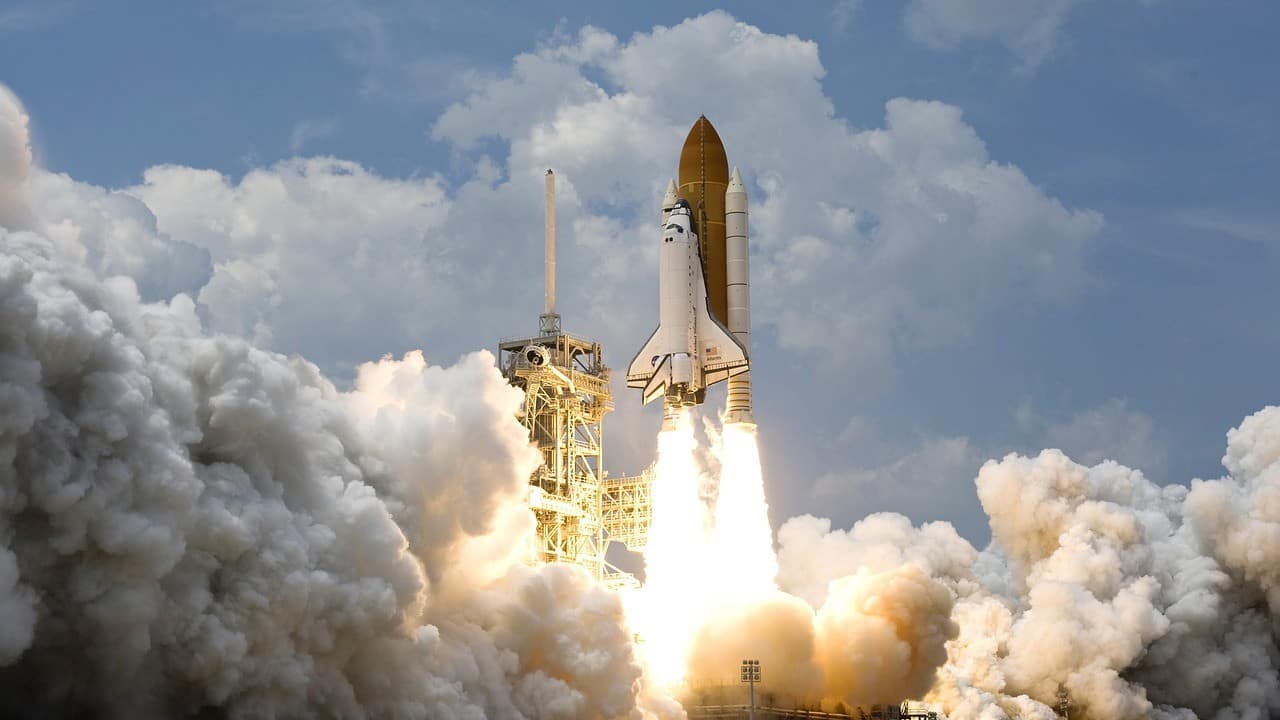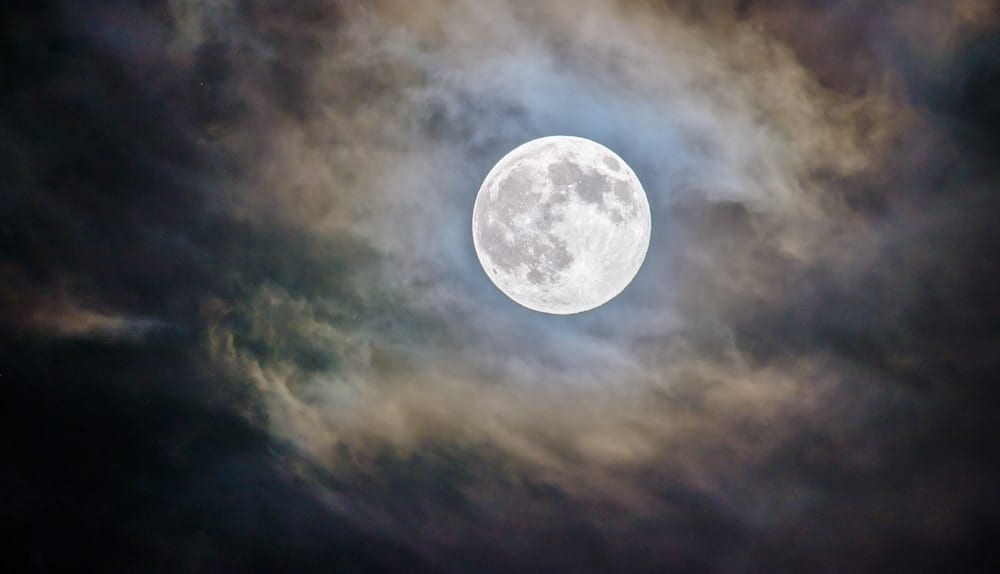Moon
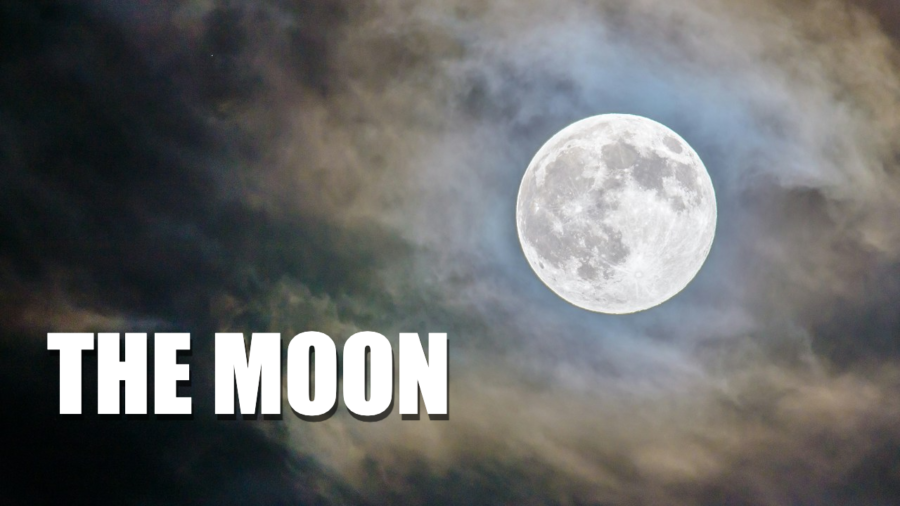
Latest Moon Stories
NASA Abandons Moon Mission For The Most Depressing Reason
NASA’s Moon rover, known as Volatiles Investigating Polar Exploration Rover (VIPER), sadly won’t see any action since NASA decided to …
Continue reading “NASA Abandons Moon Mission For The Most Depressing Reason”
2 days ago
NASA Cancels Moon Mission, Vehicle Being Scrapped For Parts
NASA officially has canceled its Volatiles Investigating Polar Exploration Rover (VIPER) project which was intended to search for ice at …
Continue reading “NASA Cancels Moon Mission, Vehicle Being Scrapped For Parts”
4 days ago
Moon Cave Discovery Key To Lunar Colonization?
It has long been talked about that humans could one day live on the Moon, but even after all the …
Continue reading “Moon Cave Discovery Key To Lunar Colonization?”
2 weeks ago
The Best Sci-Fi Thriller Of The 2000s Only Cost $5 Million, Stream Without Netflix Now
It can be challenging to make a great sci-fi film in recent years for many reasons. For one, it is …
2 weeks ago
Netflix Fantasy Adventure Epic Blockbuster Is One-Of-A-Kind Adaptation
Gamers and fantasy devotees need look no further than Netflix for their next fix: the streaming platform sports 2016’s Warcraft …
Continue reading “Netflix Fantasy Adventure Epic Blockbuster Is One-Of-A-Kind Adaptation”
3 weeks ago
Stonehenge Moon Event Straight Out Of Horror Movie, How To See It Happen Live
If you find yourself vaguely reminded of a horror movie, your feelings are understandable: the world’s most famous megalithic structure …
Continue reading “Stonehenge Moon Event Straight Out Of Horror Movie, How To See It Happen Live”
1 month ago
Gateway Is Humanity’s First Lunar Space Station
The long-held dream of humankind being able to live on the moon is inching closer to reality. As welding is …
Continue reading “Gateway Is Humanity’s First Lunar Space Station”
4 months ago
The Moon Is Getting Its Own Time Zone
In a fascinating move, the White House has given a directive to NASA to create a standard Moon time by …
Continue reading “The Moon Is Getting Its Own Time Zone”
4 months ago
A Moon Railroad Is Actually Being Planned, All We Know About The Lunar Express
All aboard! We’re building a lunar express. In a bid to revolutionize lunar exploration and establish a sustainable economy beyond …
Continue reading “A Moon Railroad Is Actually Being Planned, All We Know About The Lunar Express”
4 months ago
The Moon Is Getting Plants In Just A Few Years
Humans first walked on the moon on July 20, 1969. Now, in 2026, NASA is sending a new team out …
Continue reading “The Moon Is Getting Plants In Just A Few Years”
4 months ago
The Speech President Nixon Never Delivered, In Event Of Moon Disaster
The Apollo 11 mission to the Moon, which took place in 1969, marked one of the key moments in space …
Continue reading “The Speech President Nixon Never Delivered, In Event Of Moon Disaster”
4 months ago
Interlune Plans To Be First Company To Mine The Moon
Ever since mankind first took to the stars, it has been a dream for many scientists and engineers to terraform …
Continue reading “Interlune Plans To Be First Company To Mine The Moon”
4 months ago
Russia And China Building Nuclear Power Plant On The Moon
Russia and China have plans to establish a nuclear power plant on the moon between 2033 and 2035. The two …
Continue reading “Russia And China Building Nuclear Power Plant On The Moon”
5 months ago
Moon Infected With Lifeforms After Space Accident?
In a development leaping straight from the pages of sci-fi, a space accident from over five years ago might have …
Continue reading “Moon Infected With Lifeforms After Space Accident?”
5 months ago
Earth’s Extra Moons May Hide Solar System’s Oldest Secrets
Scientists have begun putting increasing effort into looking at extracting material from Earth’s moons to try and learn more about …
Continue reading “Earth’s Extra Moons May Hide Solar System’s Oldest Secrets”
5 months ago
Asteroids Carrying Water On Surface Discovered For First Time
Asteroids in our Solar System have long been considered devoid of water due to the harsh conditions of space. However, …
Continue reading “Asteroids Carrying Water On Surface Discovered For First Time”
5 months ago
The Moon Is Shrinking And Causing Dangerous Moonquakes
We normally don’t consider the moon a source of extraterrestrial danger. Comets—yes; but the lunar body—not so much. However, a …
Continue reading “The Moon Is Shrinking And Causing Dangerous Moonquakes”
6 months ago
Space Agency Bringing The Moon’s Surface To Earth
Setting foot on the moon is a dream for most people, but the European Space Agency is at least making …
Continue reading “Space Agency Bringing The Moon’s Surface To Earth”
6 months ago
Private Lunar Lander Burns In Atmosphere
The Peregrine lunar lander, a privately developed spacecraft from Astrobotic Technology, met its demise on January 18 after lingering in …
Continue reading “Private Lunar Lander Burns In Atmosphere”
6 months ago
Star Trek Moon Lander Is In Scary Trouble
Astrobotic’s ambitious lunar mission has encountered problems just hours after its historic liftoff from Cape Canaveral with a six-foot Peregrine …
Continue reading “Star Trek Moon Lander Is In Scary Trouble”
7 months ago
NASA Experiment Shows Signs Of Life From One Planet’s Moon
The latest groundbreaking experiments from NASA have planned to identify signs of life in Saturn’s icy moon, known as Enceladus. …
Continue reading “NASA Experiment Shows Signs Of Life From One Planet’s Moon”
8 months ago
The Moon Is Becoming A Military Hotspot: What Is Going On?
In recent years, an unlikely focus has emerged in the realm of militarized space exploration, research, and funding: the Moon. …
Continue reading “The Moon Is Becoming A Military Hotspot: What Is Going On?”
8 months ago
Apollo Samples Reveal Incredible Connection Between The Sun And Moon
The sun and the moon are two of the biggest visible objects in our sky, but it turns out the …
Continue reading “Apollo Samples Reveal Incredible Connection Between The Sun And Moon”
8 months ago
US Returning To The Moon After 50 Years
Phys.org reports that an unmanned spacecraft named Peregrine will be landing on the moon on January 25, 2024. Peregrine was …
Continue reading “US Returning To The Moon After 50 Years”
8 months ago
Lunar Water Harvesting Possible Thanks To Awesome Discovery
According to a shocking and exciting new write-up from Space.com, NASA scientists have uncovered evidence of hydrogen molecules within moon …
Continue reading “Lunar Water Harvesting Possible Thanks To Awesome Discovery”
8 months ago
Lunar Base Finally Made Permanent?
Despite significant technological advancements and a renewed interest in lunar exploration through NASA’s Artemis program, the dream of establishing a …
Continue reading “Lunar Base Finally Made Permanent?”
8 months ago
Mysterious Lunar Swirls On The Moon Finally Explained?
Swirling patterns etched into the lunar surface may have just revealed a significant clue about their origin. Research led by …
Continue reading “Mysterious Lunar Swirls On The Moon Finally Explained?”
8 months ago
China Slams Vehicle Into The Moon
China has been found to be the source of a mysterious crash on the moon, a case which has now …
Continue reading “China Slams Vehicle Into The Moon”
8 months ago
One Of Our Solar System’s Moons Could Create Life?
Universe Today reports that Saturn’s moon, Enceladus, may have the perfect ratio of elements to sustain life. Over 790 million …
Continue reading “One Of Our Solar System’s Moons Could Create Life?”
9 months ago
Moon Chunk Breaks Off And Is Orbiting Earth
With so much debris floating around the Earth, it’s hard to believe that scientists can keep up with it, let …
Continue reading “Moon Chunk Breaks Off And Is Orbiting Earth”
9 months ago


